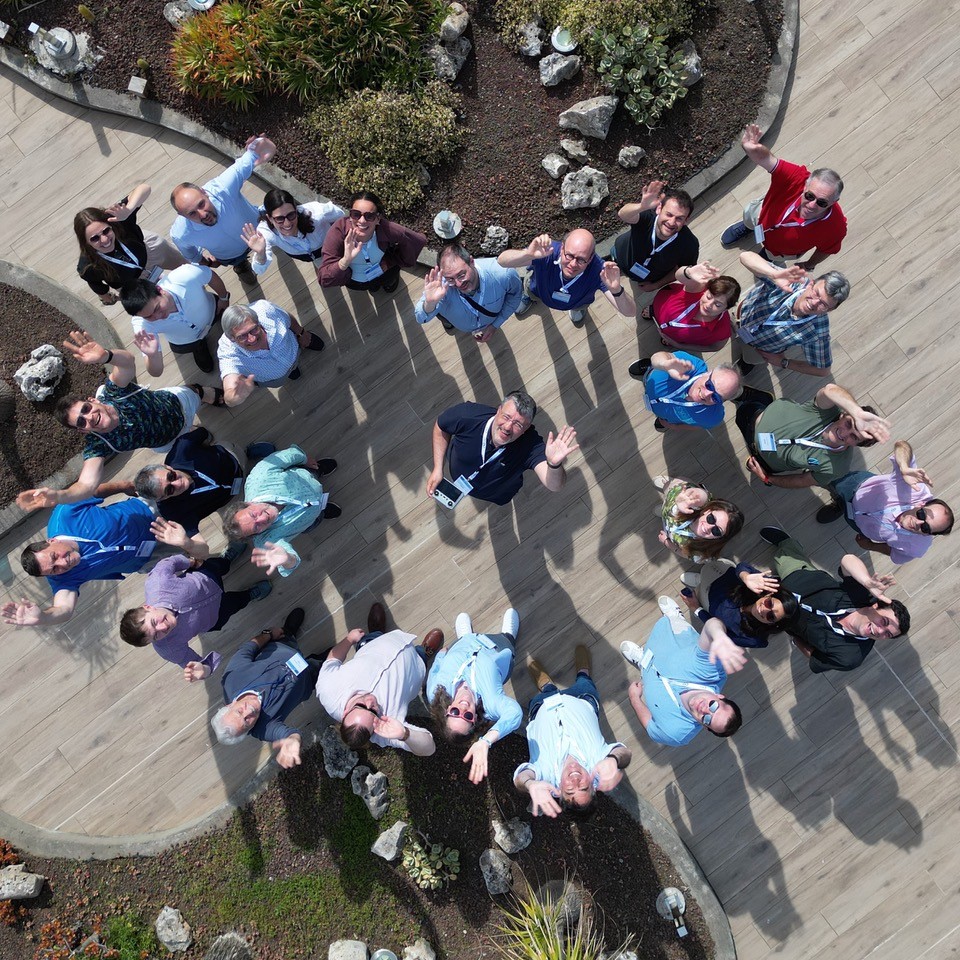FAST 2025
The 14th workshop on picosecond timing detectors, electronics and applications will take place in Elba Island, Italy, on May 18- 22 2025, at the La Biodola Hotel, a five star hotel in front of the sea. It will start on May 19 in the morning (people are supposed to arrive on May 18) and will finish on May 22 at lunch time. The fares include full boarding at the hotel (breakfast, lunch and dinner) as well as a workshop dinner.
Reservations will be done directly by us once you register and please do not answer fake emails from travelpoints.org, WE DID NOT CONSULT THEM AND THIS IS FAKE!!!!!
This workshop will address particularly the latest developments on Ultra Fast timing from 1-50 picosecond levels becoming achievable with the new technological development around recent photodetectors like solid state photodetectors (SiPM) and Microchannel Plates Photodetectors devices (MCP) but also new development with gaseous detectors like RPC and MGPD However, there are many challenging issues at many levels. The aim of this international workshop is to review the status of the various research and development aspects in a convivial and open-minded way with experts of these various developments and discuss the possible applications in a multidisciplinary environment from fundamental Physics (LHC and Super LHC, B factories, neutrino experiments, ILC and beyond) to medical applications on PET and particle therapy. The philosophy of this workshop follows the ones organized in Saclay (2007), Chicago (2005, 2006, 2008 and 2011), Clermont Ferrand (2009), Cracow (2010), Clermont-Ferrand (2014), Prague (2015), Kansas City (2016), Torino (2018), Zurich (2021) and Elba (2023).
The hotel of the workshop is the Hotel Hermitage located in La Biodola, Isola d'Elba. We encourage the use of double rooms and the presence for the full period. Only a limited number of single rooms is available, we cannot guarantee to satisfy all the requests.
Fully inclusive accommodation fares are as follows:
|
Hotel Hermitage
|
€/per day
|
Accommodation
|
|
Participants
|
€ 210.00
|
in double room
|
|
Adult companions
|
€ 152.00
|
in double room
|
|
Children under 10
|
€ 70.00
|
same room as parents
|
|
Children under 2
|
free
|
same room as parents
|
|
Extra charge
|
€ 58.00
|
DUS (Double Use Single)
|
The above fees are per person and include full board accommodation in a double room. The accommodation will be paid directly to the Hotel. All the Hotels accept major credit cards, as well as major currencies, EC and traveler's checks. We will email the details of hotel reservation and room assignment to the participants a few weeks before the meeting.
The fees of the workshop will be 200 Euros and can be paid there or in advance by bank transfer using the following bank information.
By BANK TRANSFER to:
Associazione Frontier Detectors for Frontier Physics
c/o INFN-Pisa, Largo B. Pontecorvo 3,
I-56127 Pisa
Bank name: Banca Intesa Spa
Piazza Paolo Ferrari, 10 - 20121 Milano
IBAN: IT81N0306914010100000002137
BIC: BCITITMM
Purpose: [Your full name] FAST 2025
(transfer fee at sender's charge)
By CREDIT CARD: on site at the registration desk (accepted cards: Visa, Mastercard, Maestro)
Mike Albrow (Fermilab)
Roberta Arcadiacono (Torino)
Christophe Betancourt (Zurich)
Edoardo Bossini (Pisa)
Dominique Breton (IJCLab, Orsay)
Marco Bruschi (INFN Bologna)
Nicolo Cartiglia (INFN Torino)
Maria Agnese Ciocci (Pisa)
Eric Delagnes (IRFU, Saclay)
Marco Ferrero (Torino)
Henri Frisch (University of Chicago)
Serge Duarte Pinto (Photonis)
Patrick Le Du (CEA-IRFU, IPNL)
Paul Lecoq (CERN)
Nicola Minafra (KU Lawrence)
Gerard Montarou (Clermont-Ferrand)
Krzysztof Piotrzkowski (Cracow)
Michael Rijssenbeek (University of Stony Brook)
Stefan Ritt (Zurich)
Christophe Royon (KU, Lawrence)
Hartmut Sadrozinski (University of California, Santa Cruz)
Angelo Scribano (Pisa)
Valentina Sola (Torino University and INFN)
Maxim Titov (Saclay)
Nicola Turini (Pisa)
|
|



